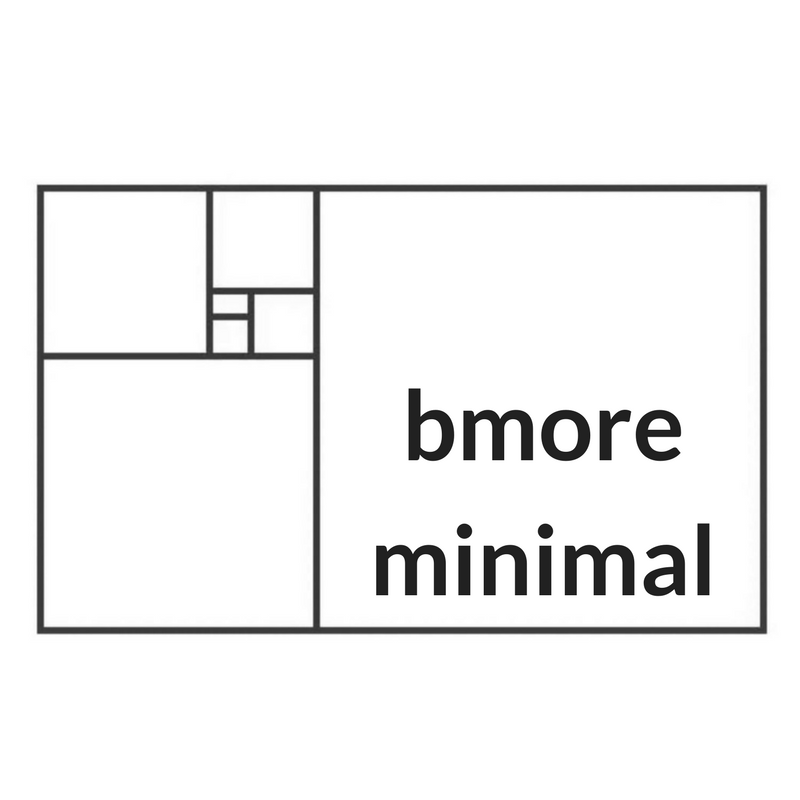I was talking with some friends after we’d binged Tidying Up on Netflix, and they all agreed that letting things go (with a little bow and an arrigato) had gotten easier, but their homes still felt crowded out by stuff.
One said “I’m really good at throwing things away, but I’m even better at replacing them.”
That revolving door feeling is one reason why I don’t really love the one-in, one-out rule, because it can so easily become the one-out, one-in rule if you’re not careful. And if that’s the case, it would be better to just keep your stuff.
So my suggestion instead is to follow a major decluttering session with a financial fast.
The 21-day financial fast is fleshed out by Michelle Singletary in her book of the same name, and the TL;DR is this:
For twenty-one days, spend only on needs and obligations, tracking every cent.
This sprint of frugality can help you examine habits and mindsets around money that might be getting in your way, jumpstart savings for an emergency fund, and generally shed light on how you spend and save. And a three week moratorium on stuff entering your house will give you the chance to get your existing possessions organized for the long term.
The concept is so simple it took me under a dozen words to describe: For twenty-one days, spend only on needs and obligations, tracking every cent.
But obviously it’s much easier said than done, and by Day 6 I’ll be trying to rationalize buying three cases of blackberry cucumber seltzer and yet another potted plant.
So here’s my tips on successfully completing a 21-day financial fast:
Start right. A party for your friend’s birthday on the 3rd? Fine, start the 4th. Make a Month. Or in this case, 3 weeks. 21 days does not need to be the 1st through the 21st. But consider starting on a Monday to capture some of that fresh-start feeling that can build momentum.
Make a plan based on previous spending statements. Notice what and when you spend on things you don’t need. Spend 3x as much on groceries (cough cough ice cream) when you shop after a long day at work? Plan to go on Saturday morning. Buy a coffee whenever you pass that cafe? Try a different route. Schedule free activities on nights you would otherwise drop money on drinks. Be proactive and thorough, because you are not a magically different person now that you’ve decided to try this.
Track every cent right away in your notebook or your YNAB app, and add all things you want but can’t have to your shopping list. Even if you add “candy bar” to your list, you’ll be acknowledging that you want that object which can partially satisfy the craving to buy it. And try not to say “I can’t buy that.” Instead say “I’m choosing not to buy that.” Much more empowering, and accurate.
Have a reentry strategy. If on Day 22 you max out your credit card at the mall, these three weeks will have been in vain. Instead, plan to indulge modestly in non-essentials. Chances are the three week fast has changed your mindset enough that a slow roll into spendiness won’t undermine it.
If you slip up, just extend the fast one more day. You don’t need to start over from zero, but you do need to analyze the heck out of what went wrong. Did your emotions hijack your plans? Did you fail to plan in the first place? Were you feeling some peer pressure? Or were you alone and thus less accountable to others? Keep moving forward with that self-knowledge.
And when you’ve closed the revolving door on your house and you’re ready to streamline and systematize, call me up. I’ll bring the La Croix.
